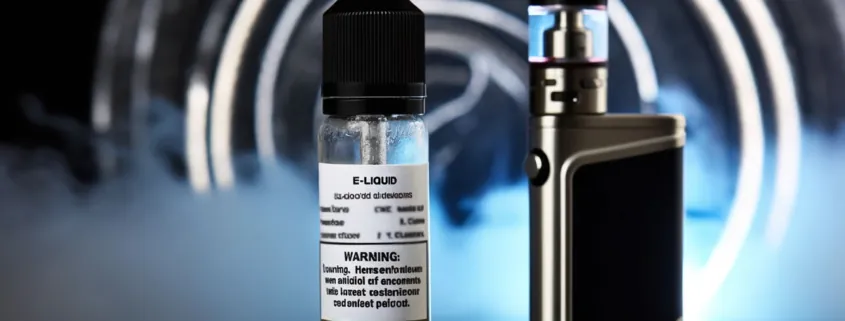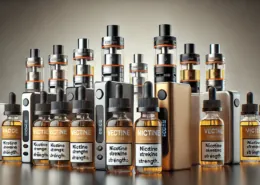Vape Juice Safety: Ingredients, Health Risks, and Truth
As vaping continues to gain popularity as an alternative to traditional smoking, many people are left wondering about the safety of vape juice. Also known as e-liquid, vape juice is a crucial component of the vaping experience, but concerns have been raised about the potential health risks associated with its ingredients. In this comprehensive article, we’ll explore the truth behind vape juice safety, examining the key components, potential risks, and regulations surrounding e-liquids.
Understanding the Composition of Vape Juice
To grasp the safety aspects of vape juice, it’s essential to understand its basic ingredients. Vape juice typically consists of four main components:
- Propylene Glycol (PG) and Vegetable Glycerin (VG): These base liquids are responsible for carrying the flavor and producing vapor. Both PG and VG are generally recognized as safe (GRAS) by the FDA for consumption. However, some studies suggest that exposure to high levels of PG and VG may lead to respiratory irritation and other health issues.
- Nicotine: Most vape juices contain nicotine, the addictive substance found in traditional cigarettes. The nicotine concentration can vary from zero to high levels, catering to different user preferences. While nicotine itself is not considered carcinogenic, it can have adverse effects on the cardiovascular system and may lead to addiction.
- Flavorings: Vape juices come in a wide variety of flavors, ranging from fruity to dessert-like. These flavorings can be natural or artificial and play a significant role in the overall vaping experience. Some flavorings, such as diacetyl, have been linked to serious lung diseases like “popcorn lung” when inhaled.
- Other Additives: Some vape juices may contain additional ingredients, such as sweeteners or colorings, which can raise safety concerns. These additives may not have been thoroughly tested for inhalation safety and could potentially lead to adverse health effects.
It’s crucial to choose reputable brands that use high-quality ingredients and have undergone proper testing and certification to ensure the safety of their products. Look for brands that are transparent about their ingredients and manufacturing processes, and avoid products that contain potentially harmful additives like diacetyl.
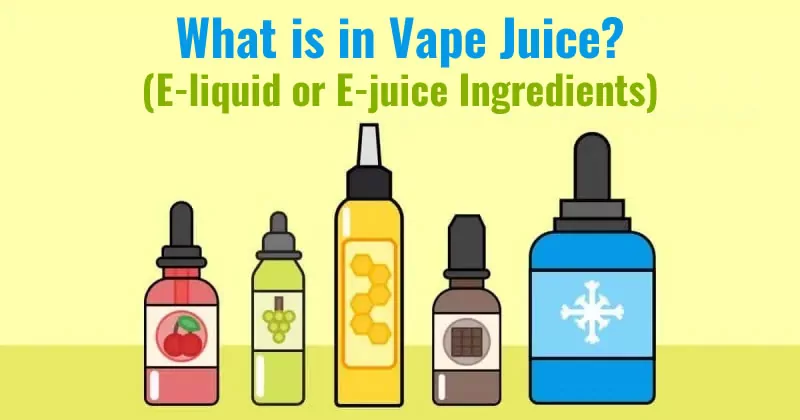
Potential Health Risks Associated with Vape Juice
While vaping is often touted as a safer alternative to smoking, there are still potential health risks associated with the use of vape juice. Some of the primary concerns include:
Respiratory Issues
Vaping can cause inflammation in the lungs, leading to symptoms such as coughing, wheezing, and shortness of breath. A study published in the American Journal of Respiratory and Critical Care Medicine found that e-cigarette use was associated with increased risk of respiratory symptoms, including cough and dry mouth. In some cases, more serious respiratory problems, such as bronchitis, pneumonia, and even EVALI (e-cigarette or vaping product use-associated lung injury), have been linked to vaping.
Cardiovascular Problems
Nicotine, a common ingredient in vape juice, can cause an increase in blood pressure and heart rate. A study published in the Journal of the American Heart Association found that e-cigarette use was associated with increased risk of cardiovascular disease, including heart attack and stroke. Over time, this can elevate the risk of developing heart disease and other cardiovascular issues.
Addiction Risks
The presence of nicotine in most vape juices can lead to addiction, making it difficult for users to quit vaping. A study published in the journal Addictive Behaviors found that e-cigarette use was associated with increased risk of subsequent cigarette smoking initiation and current cigarette smoking. This can result in a range of negative health consequences, including increased risk for respiratory and cardiovascular issues.
While more research is needed to fully understand the long-term impact of vaping on health, it’s essential to be aware of these potential risks when considering the use of vape juice. It’s also important to note that the safety of vape juice can vary widely depending on the specific product and manufacturer, so it’s crucial to choose reputable brands and be well-informed about the ingredients in your e-liquid.
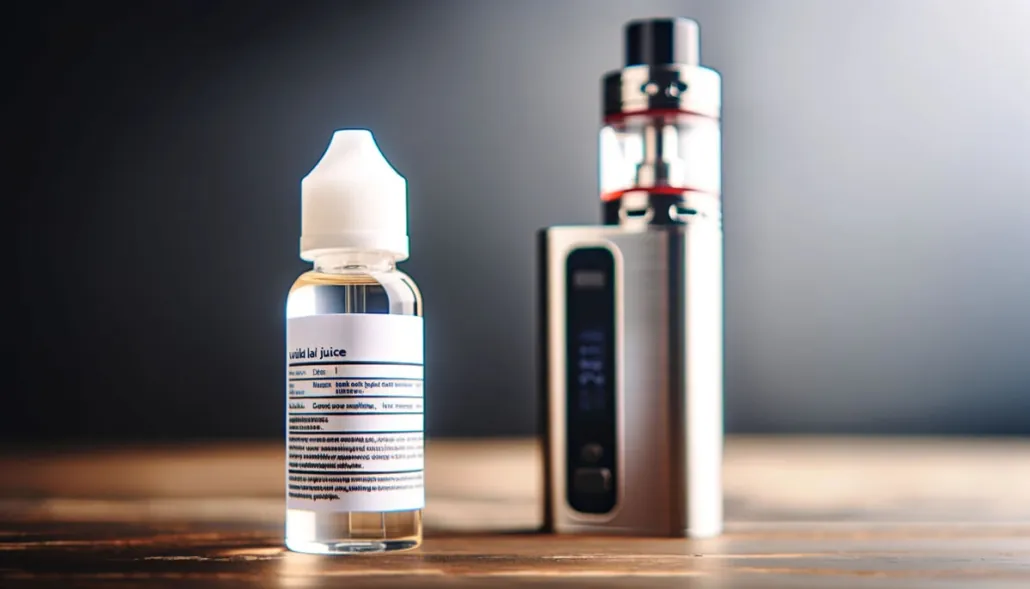
Regulations and Standards Governing Vape Juice Safety
To address concerns about vape juice safety, various regulations and standards have been put in place to ensure that e-liquids are safe for consumption. In the United States, the Food and Drug Administration (FDA) regulates vape juice as a tobacco product, requiring vape manufacturers to comply with the same regulations that apply to traditional tobacco products.
One of the most critical regulations is the requirement for FDA authorization before marketing vape juice. Manufacturers must submit a premarket tobacco product application (PMTA) to the FDA, which includes detailed information about the product’s ingredients, manufacturing processes, and health effects. Additionally, manufacturers must adhere to labeling requirements, including warnings about the potential health risks associated with vaping.
Industry standards, such as the American E-Liquid Manufacturing Standards Association (AEMSA) and the International Organization for Standardization (ISO), also play a vital role in ensuring the safety of vape juice. These standards outline best practices for the manufacturing, testing, and labeling of e-liquids, and compliance with these standards can help ensure the production of high-quality, safe vape juice.
To ensure the safety of the vape juice you use, it’s crucial to purchase products from reputable manufacturers who comply with federal regulations and industry standards. Be cautious of products that make exaggerated or false claims about their safety or effectiveness, and always research the ingredients and manufacturing processes of any e-liquid before using it.
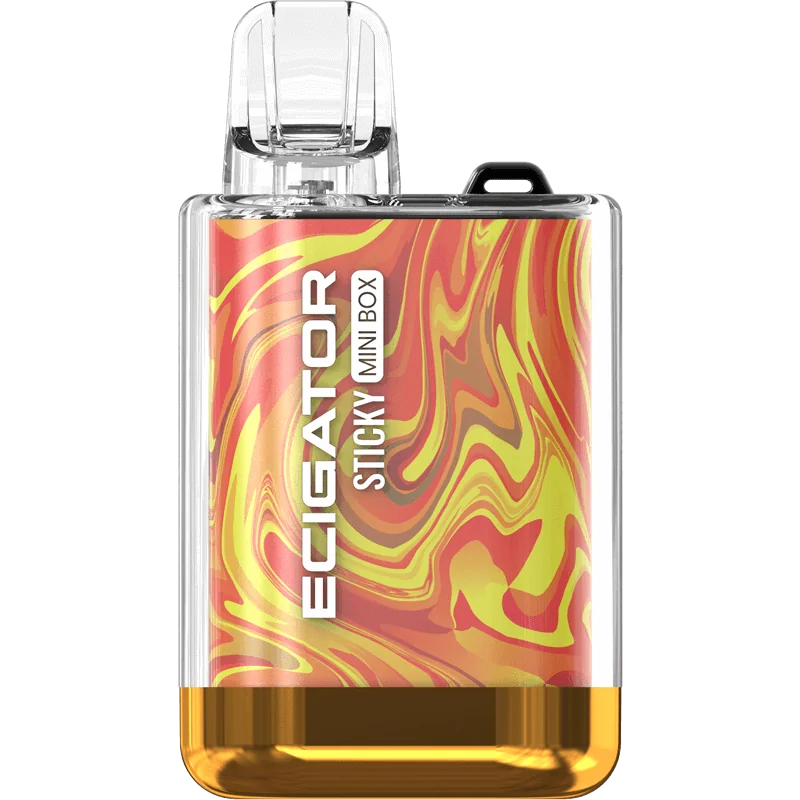
Ecigator Sticky Open Pod Kit
The Sticky Open Pod Kit is a contemporary vaping device that combines functionality with fashion. This kit is designed with a box-style form factor, offering a compact and stylish appearance that’s ideal for vaping enthusiasts on the move.
At the heart of this kit is a Refillable Open Pod System, with a capacity of 2ml, perfect for accommodating a variety of e-liquids. The pod is equipped with a high-quality Mesh Coil that not only ensures a rich and flavorful vaping experience but also boasts durability for up to 8 Refills.
Safer Alternatives to Vaping
For those looking to avoid the potential risks associated with vaping, there are several alternatives available:
- Nicotine Replacement Therapy (NRT): Products such as nicotine gum, patches, and lozenges can help reduce cravings and withdrawal symptoms without the harmful chemicals found in vape juice. A Cochrane review found that NRT increased the rate of quitting smoking by 50-60% compared to placebo or no treatment.
- Heated Tobacco Products: These products, such as IQOS and glo, heat tobacco instead of burning it, producing an aerosol that contains nicotine. While still containing nicotine, they are considered less harmful than traditional cigarettes. A study published in the journal JAMA Internal Medicine found that heated tobacco products produced lower levels of harmful chemicals compared to combustible cigarettes.
- Herbal Vaporizers: These devices heat herbs, such as chamomile or lavender, to produce an inhalable vapor without nicotine. While the long-term health effects of herbal vaporizers are not well-studied, they may be a safer alternative to nicotine-containing e-liquids for those looking to avoid the risks associated with nicotine use.
- Breathing Exercises: Deep breathing exercises can help reduce stress and anxiety, which may reduce the urge to vape. A study published in the journal Frontiers in Psychology found that deep breathing exercises were effective in reducing smoking withdrawal symptoms and cravings.
- Exercise: Engaging in physical activity can help reduce stress, improve mood, and reduce cravings. A systematic review published in the journal Addiction found that exercise interventions were effective in reducing tobacco cravings and withdrawal symptoms.
While vaping may seem like a convenient way to quit smoking, it’s essential to consider these alternatives that can be just as effective in helping you improve your overall health. It’s also important to remember that the most effective way to reduce the risks associated with nicotine use is to quit altogether, and there are many resources available to help you do so, including counseling, support groups, and medication.
Conclusion
The safety of vape juice is a complex issue that requires careful consideration. While vaping is often promoted as a safer alternative to smoking, there are still potential health risks associated with the use of e-liquids, including respiratory issues, cardiovascular problems, and addiction risks. By understanding the ingredients in vape juice, being aware of the potential risks, and adhering to regulations and standards, you can make more informed decisions about your vaping habits.
If you’re concerned about the safety of vaping, consider exploring the alternative options mentioned above, such as nicotine replacement therapy, heated tobacco products, herbal vaporizers, breathing exercises, and exercise. Ultimately, the best way to ensure your health and well-being is to avoid nicotine and tobacco products altogether.
As more research is conducted on the long-term effects of vaping and the safety of e-liquids, it’s crucial to stay informed and make decisions based on the most up-to-date and reliable information available. By prioritizing your health and making informed choices about your nicotine use, you can reduce your risk of negative health outcomes and improve your overall quality of life.
- Spain Warns Tourists of €2,000 Fines for Vaping on Beaches - August 12, 2025
- The Ultimate Guide to Glass Bongs: Elevate Your Smoking Experience - August 12, 2025
- Tourists Face Fines for Nicotine Pouches in France & More - August 12, 2025

